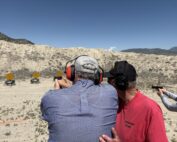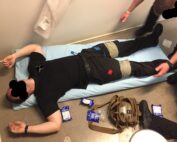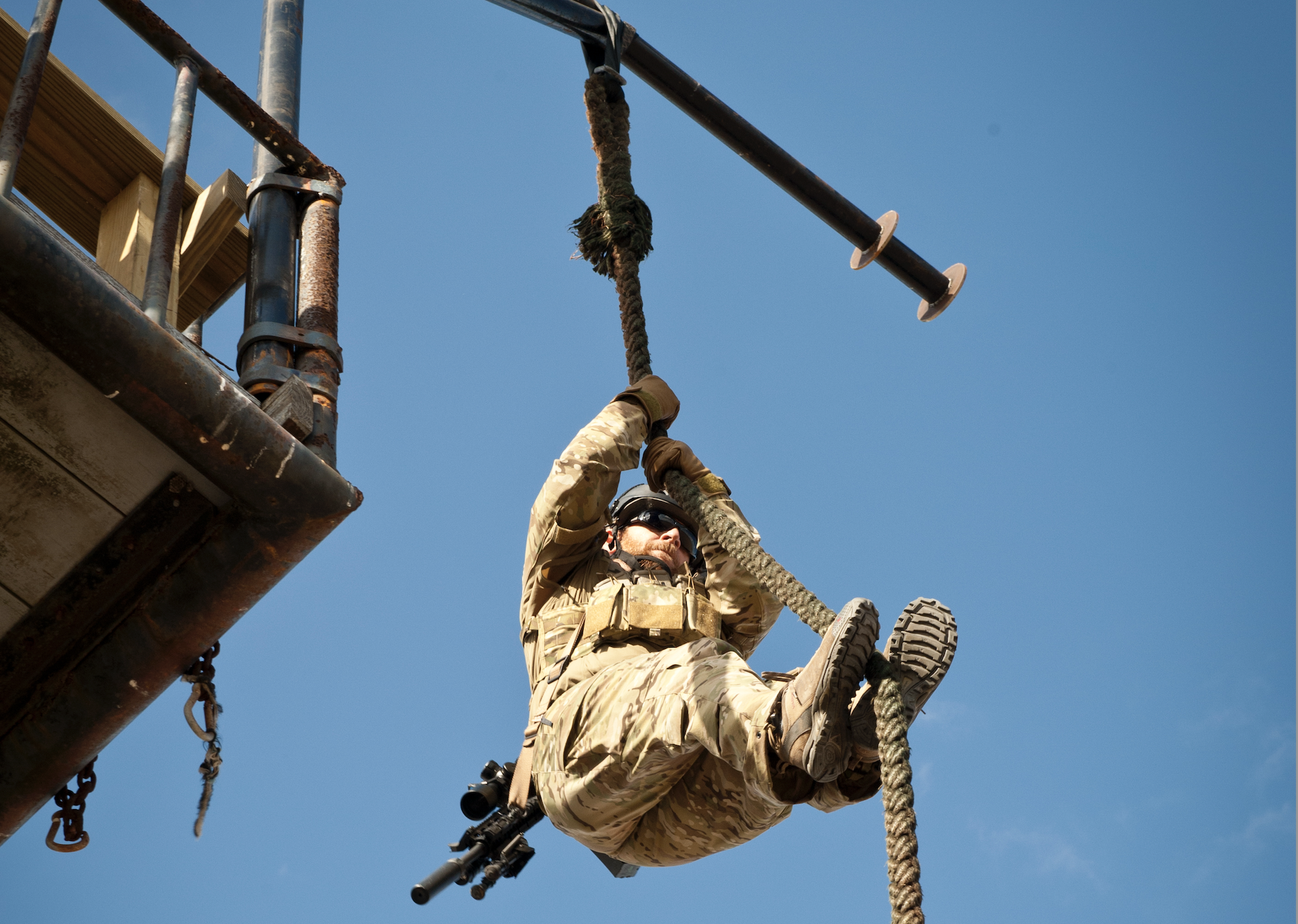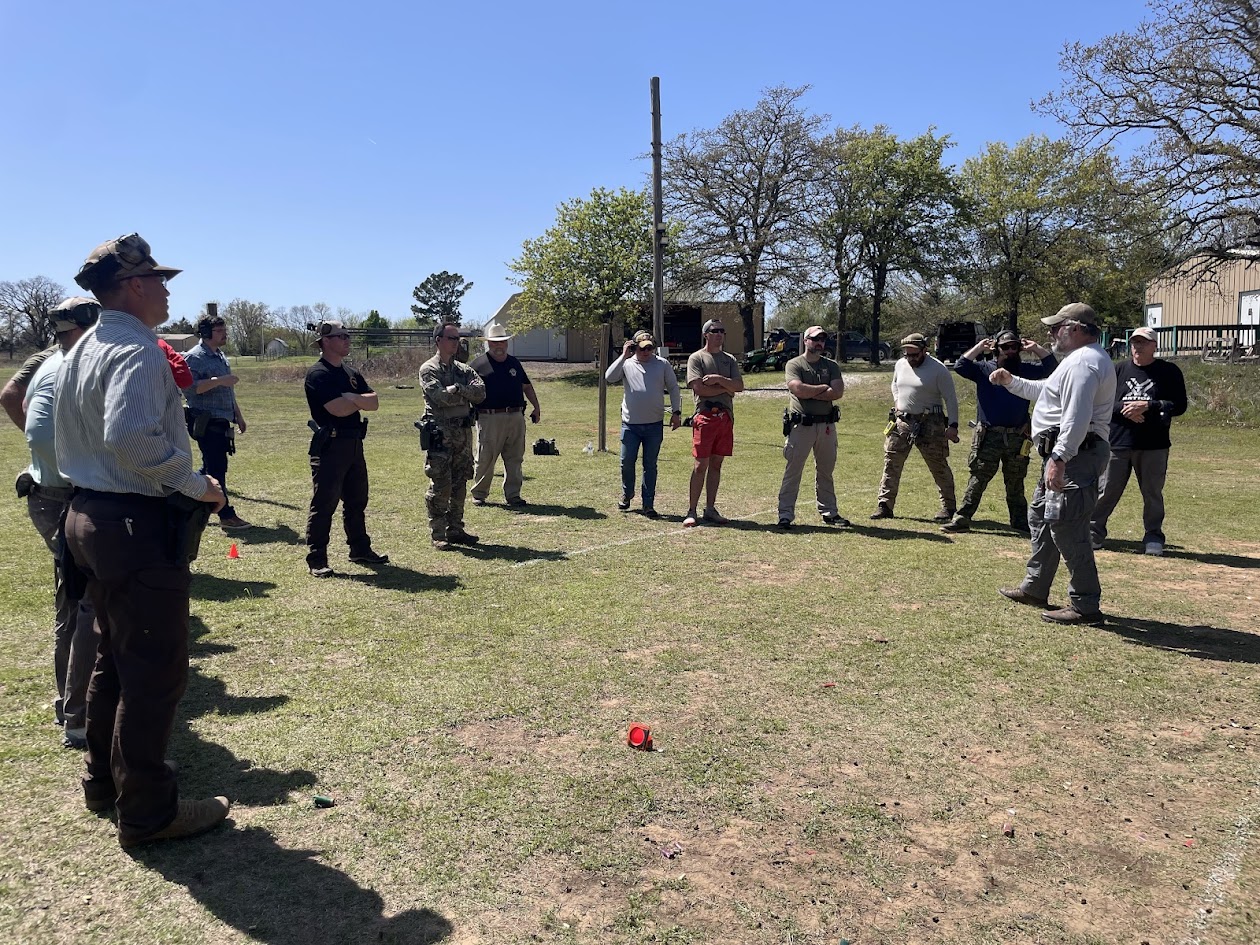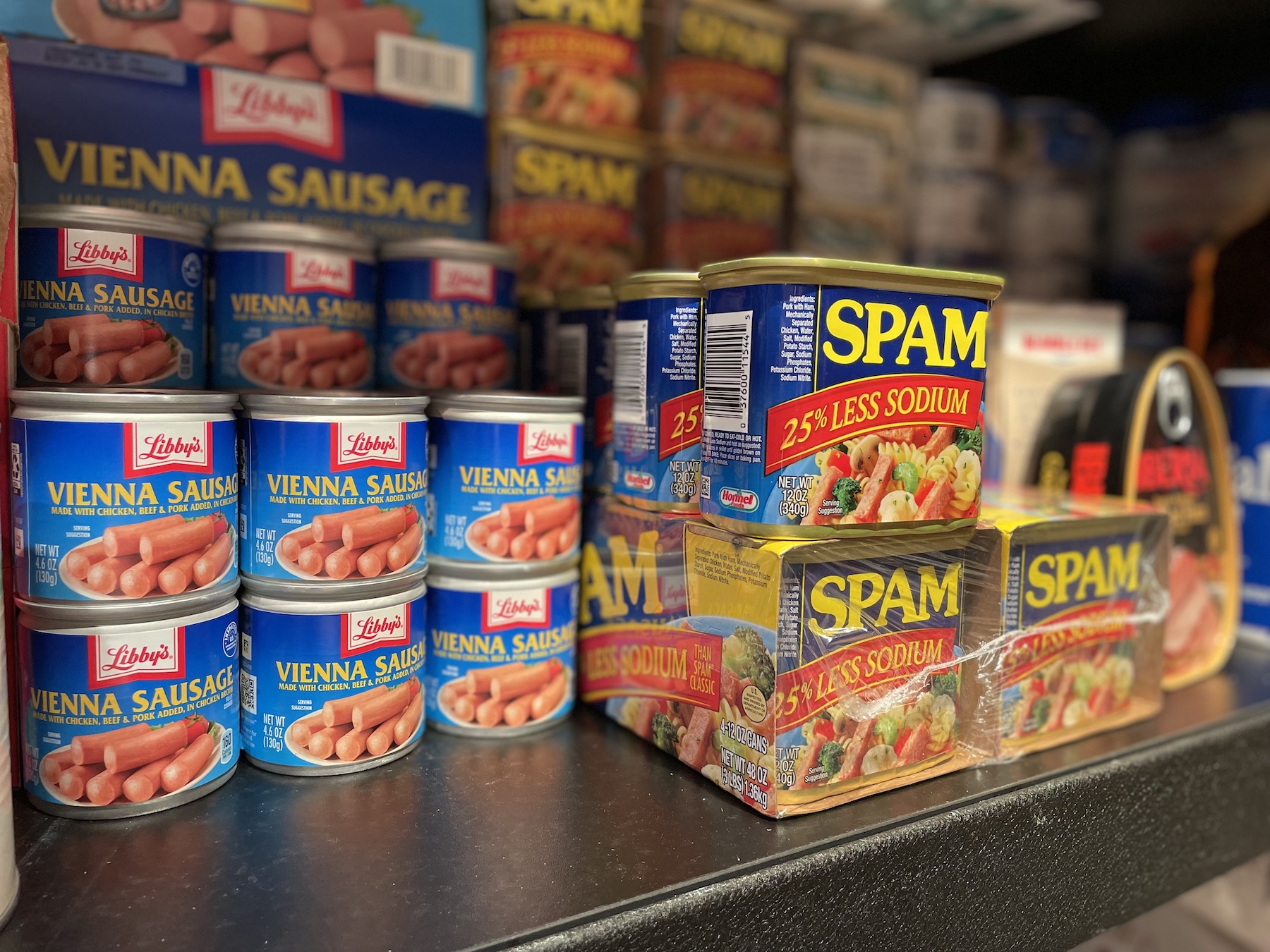
Food (2)
People sometimes hold preconceived notions of how a particular event (crisis) will unfold. In the real world, however, few things ever play out how we expect. Too narrow a focus can often result in severe consequences for people who tailor-fit all their preparations to an anticipated threat.
In this article, we consider how comprehensive planning can account for variables and put you in the best possible position to improve your chances no matter what calamity comes your way or when it arrives.
Planning vs. Trying to Predict the Future
Planning for the unknown is extremely difficult because the future is uncertain. None of us has a crystal ball, and many of us have no prior experience to draw from. To survive a crisis, you’ll need planning, supplies, gear, skills, knowledge, and a bit of luck. But how can anyone possibly plan for the unknown? That’s easy – you don’t. You plan for the known.
Even though most of us have no idea what the next disaster will bring our way, we instinctively know what we’ll need to survive – the survival essentials.
You’ll need to have the following:
- Food/Water
- First Aid/Medical
- Security/Self-Defense
- Sanitation/Hygiene
- Knowing When to Stay Put & When to Get Out
You’ll also need a plan. This holds true even though no plan is 100%, and most will never survive first contact. The true benefit of a well-thought-out plan is in its making.
Below is a summary of some of the survival basics.
>
Food & Water.
No matter the circumstances, you’ll need to eat and stay hydrated. Having stored food and clean drinking water is critical. Plan on 2000 calories per person, per day, for no less than 90 days (longer if possible). Think calorie-dense, shelf-stable foods that are ready to eat. Make sure to store the type of foods you eat regularly and rotate your supplies often. (See “Essential, Next Level Food Preps” American Cop – April 2022).
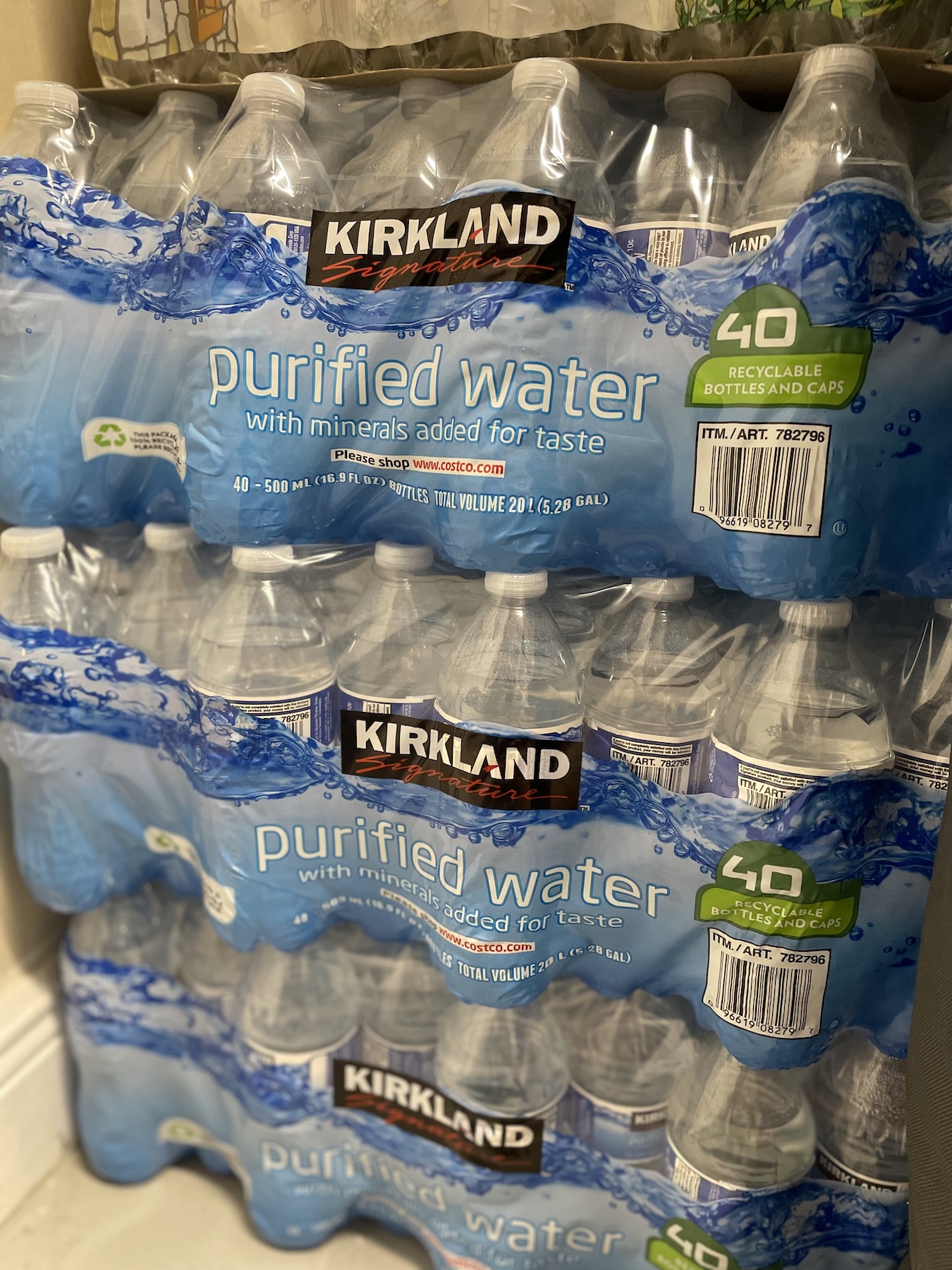
Whether store-bought bottles or drinking-water-safe containers filled at home, plan for at least 2 gallons per person, per day, for 30 days.
For water, two gallons per person per day for no less than 30 days. Water is more difficult to store than food; it takes up more space and is much heavier by volume. (See “Emergency Water Storage…” American Cop – September 2022).
First Aid/Medical

Every home needs a basic first aid kit and emergency medical supplies. Also stock up on over-the-counter medications.
Maintain a basic home first aid kit, but also have an expanded kit and a trauma kit. Also, develop the required knowledge/skills. Maintain at least a 90-day supply of medications (prescription & over the counter). During a crisis, many of these supplies will not be available; stock up now while you can.
Security & Self-Defense

Security and self-defense will usually be your first priority. Have the tools, skills, and ability to effectively stop a threat.
The main goal is to protect yourself and your family. Have the self-defense tools (and skills) to protect yourself and your family effectively. Also, have a realistic plan, and communicate the details of that plan with members of your household. Lastly, test your plan, and run practice drills. If there are deficiencies, you’ll want to know well in advance. Harden the perimeter of your dwelling (See “Perimeter Defense” American Cop – May 2022) and develop multiple overlapping layers of security.
Sanitation and Hygiene

Sanitation and hygiene are about disposing of waste and maintaining a clean environment. Lack of proper sanitation can be deadly.
Sanitation is about disposing of garbage and human waste while maintaining a clean environment to minimize the spread of disease. Not doing this puts you and your family at risk. It can kill just as easily as the lack of food or water. Sanitation and hygiene can be easily maintained with some basic preparations and supplies. Store household bleach, anti-bacterial soaps/sprays/wipes, plastic garbage bags, gloves, disposable plates, cups, and utensils. Don’t forget to keep a generous supply of multi-purpose items like baking soda and white vinegar. These items can be used for a variety of uses.
Knowing When to Stay Put & When to Get Out

An effective Bug-Out-Bag is sturdy, lightweight, and can hold your essential gear. Have a plan and test it in advance.
There’s a time to shelter in place and a time to leave quickly. Assess your options well before any crisis, and have the necessary plan(s), tools, gear, and supplies for each contingency. Make sure to pack a bag containing the essential gear if you are forced to leave in a hurry. If you’re sheltering in place, have the gear, supplies, and tools to ensure you can survive while keeping a very low profile.
Wrap-Up
Planning for a crisis can be challenging; focus your efforts on the survival essentials. These preparations, knowledge, and skills will help keep you safe and secure no matter what calamity comes your way.
About The Author
Richard is a practicing attorney, an urban survival consultant, writer, firearms enthusiast, and freedom loving American patriot. He’s the author of Surviving Doomsday: A Guide for Surviving an Urban Disaster, and The Quick Start Guide for Urban Preparedness. Richard’s books are available at Amazon and other fine retailers. You can connect with Richard on Twitter @SurvivingDoomsd
DISCLAIMER
The materials provided are for illustration and/or informational purposes only. Any use of the information contained in this article shall be solely at the reader’s risk.


 (No Ratings Yet)
(No Ratings Yet)



